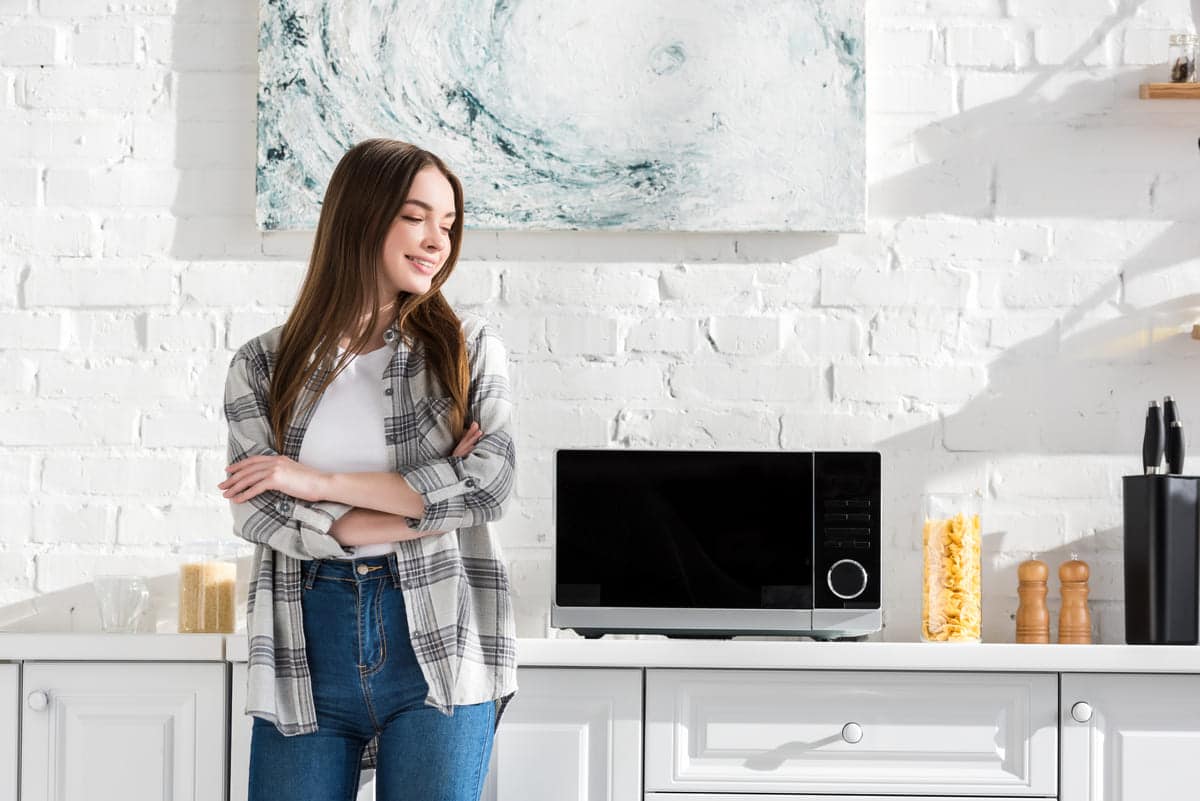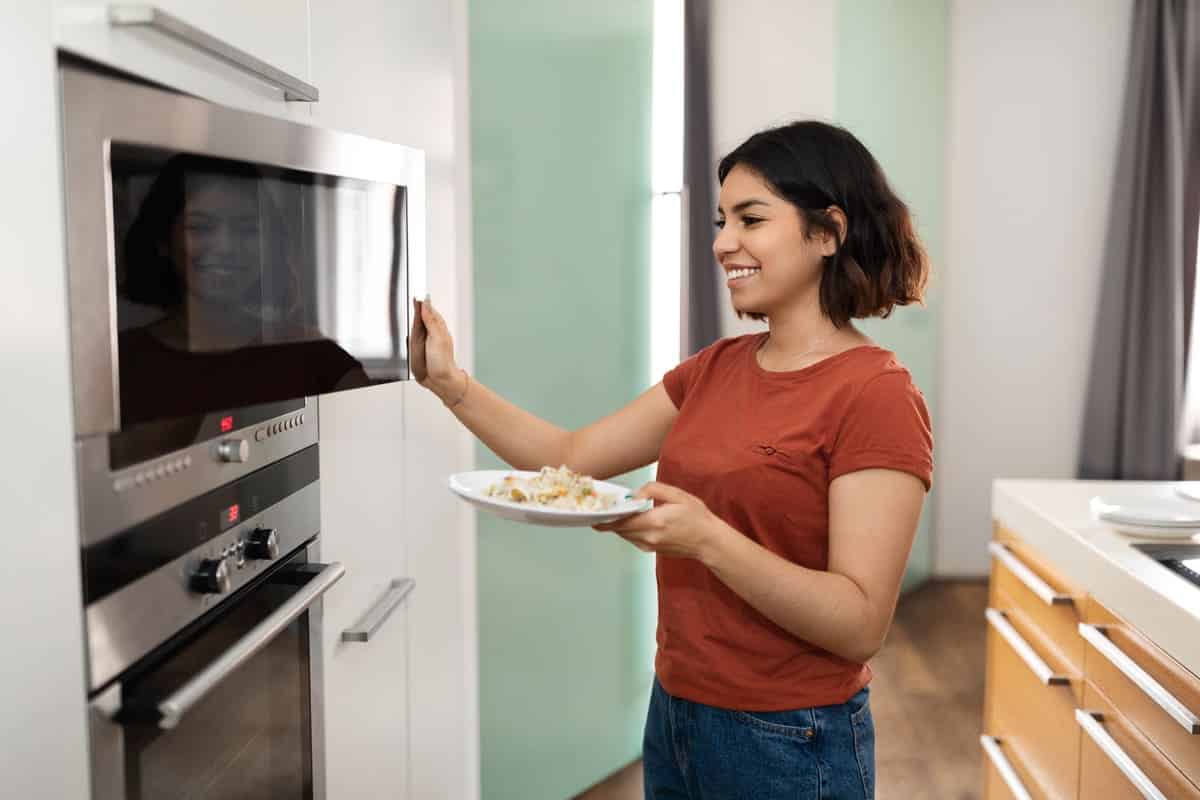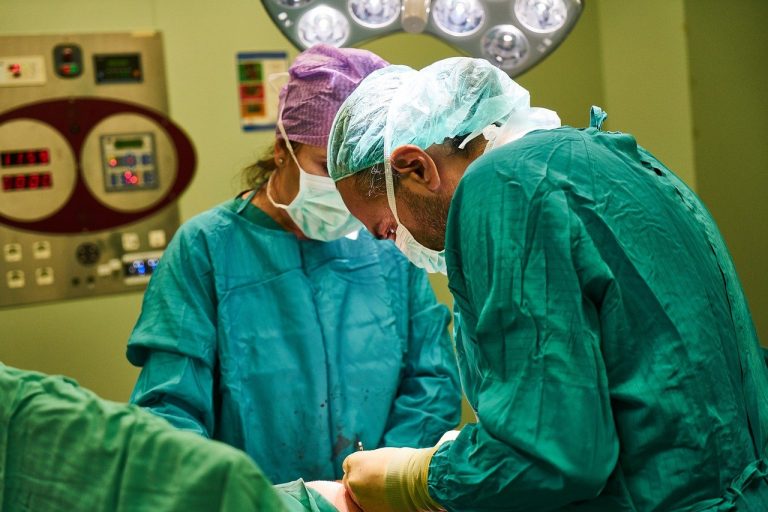Microwave ovens have become a household staple due to their convenience and efficiency in heating and cooking food. However, many people still have questions regarding the safety of using various utensils in microwaves, particularly those made of steel or other metals. In this article, we will explore whether it is safe or not to use steel utensils for microwaves, discuss viable alternatives to microwave ovens and offer advice for their safe and efficient use.
Are steel utensils safe for use in microwave ovens?
Utensil usage in microwave ovens needs to be handled with caution. It’s not recommended to use metal utensils in a microwave1, as they deflect microwaves, causing the food to be cooked unevenly. Conversely, when you’re using a convection microwave oven for convection cooking, it’s safe to utilize metal and foil.
However, it’s also important to note that plastic pouches meant for boiling need to be pierced and positioned either on the base of the oven or within a serving dish. The key is to always opt for microwave-safe utensils to avoid any potential damage or safety risks. Understanding how to use your microwave properly ensures both safety and efficiency.
Different Modes of Using Steel Utensils in Microwave Ovens
Microwave ovens can come with several modes of operation, including solo, convection, and grill modes2. The safety of using steel utensils can vary depending on these modes.
- Solo mode: This mode relies solely on microwaves to heat or cook food. Steel utensils are not safe for use in this mode and can lead to dangerous situations such as fires.
- Convection mode: Combining microwaves and a heating element, convection mode is often found in combination ovens. Utensils made of metal, steel, aluminum, or glass can generally be used in this mode, but it is important to check your oven’s manual for specific guidelines.
- Grill mode: This mode uses a heating element to grill food. Some ovens allow the use of metal, steel, or aluminum utensils in grill mode, but it is crucial to confirm this with your individual appliance.
Some Important Guidelines To Follow While Using Steel Utensils
To ensure safety and efficiency while using a microwave oven, always follow the guidelines below:
- Use microwave-safe containers. Look for the “microwave-safe” label on the container. This indicates that it has been tested and approved for microwave use.
- Avoid using aluminum foil, as this can cause fires and damage to the microwave oven.
- Be cautious with dishes that have metal trims or decorations, as these can also cause sparks and damage.
- Stick to microwave-safe materials such as glass, ceramics, and some plastics.
- Always remove any metal twist ties, staples, or other hard objects from food packaging before microwaving.
- Use separate utensils for cooking and serving to prevent cross-contamination. Make sure to use metal utensils only if they are specifically labeled as microwave-safe.
- When heating liquids in a microwave, make sure to leave enough space at the top of the container to prevent spills and explosions. As a general rule, never fill a container more than two-thirds full.
- Use pot holders or oven mitts when handling hot dishes from the microwave. The containers and food inside can become very hot and cause burns.
- If you are using plastic containers in the microwave, make sure only to use ones that are labeled as safe for high temperatures. Do not use any plastic containers that are cracked, melted, or discolored.
- Always use lids or vented plastic wrap when microwaving food to prevent splattering and keep the food moist.
- Never microwave closed containers, as pressure can build up and cause explosions. Make sure to remove lids or open sealed containers before heating.
- Always follow the recommended cooking times and power levels for your specific microwave oven.

Risks of using steel utensils in a microwave
Microwave ovens have become an essential part of modern kitchen appliances3. They allow for quick and convenient meal preparation, making them a popular choice for busy individuals. However, certain risks can arise from using steel utensils in a microwave, such as:
- Fire hazards: As mentioned earlier, steel utensils deflect microwaves and can cause sparks, leading to fires.
- Uneven heating: When using steel utensils, the metal can cause hot spots in food, resulting in uneven cooking or potentially burning the food.
- Damage to the microwave: If metal utensils are used in a microwave, they can cause damage to the internal components of the oven or even cause it to malfunction.
- Potential health risks: There have been concerns about using metal utensils in a microwave, as some studies suggest that high heat and metal exposure can release harmful chemicals into the food.
- Risk of injury: Using steel utensils in a microwave can also lead to physical injuries such as burns or electric shocks if the utensil has sharp edges or is not microwave-safe.
- False sense of security: Some steel utensils may have a microwave-safe label, but they may only be suitable for some types of food or cooking methods. This can give a false sense of security and lead to potential risks.
- Leaching of chemicals: If the steel is coated or made with certain materials, it may leach chemicals into the food when exposed to high heat, potentially causing harm to the person consuming it.
What are the suitable alternatives for microwave use?
Rather than using steel utensils, consider safe and convenient alternatives for the best microwave oven for cooking:
- Glass or ceramic containers: These materials are deemed safe for microwave use as they allow the microwaves to pass through, heating your food evenly.
- Microwave-safe plastics: Make sure they’re labeled as “microwave-safe” by checking for the appropriate symbol. Keep in mind that not all plastics are safe for microwave use.
- Silicone: Many modern kitchen gadgets are made from heat-resistant silicone, offering a safe and convenient alternative to steel utensils.
- Paper plates or towels: When in a pinch, using paper plates or towels can be a safe option for microwaving food as long as they do not have any metal components.
- Wax or Parchment Paper: These materials can be used to cover food while microwaving, preventing splatters and keeping the food moist.
Conclusion!
To sum it up, using steel utensils in a microwave can be dangerous and should be avoided to prevent potential risks. Always follow the guidelines provided by the manufacturer and use safe alternatives for a hassle-free cooking experience. With proper precautions, a microwave oven can make meal preparation quick, convenient, and safe! Also, always remember to clean and maintain your microwave oven for optimal performance regularly.
Citations:
- 1: Are steel utensils safe for use in Microwave Ovens- https://products.geappliances.com/appliance/gea-support-search-content?contentId=18849
- 2: Different modes of microwave ovens- https://www.toshiba-lifestyle.com/me/blog/types-of-microwave-ovens-solo-grill-and-convection
- 3: Risks of using steel utensils in Microwave ovens- https://www.mcgill.ca/oss/article/you-asked/can-you-heat-food-metal-container-microwave-oven#:~:text=The%20microwaves%20will%20not%20penetrate,oven%2C%20a%20fire%20is%20possible.











